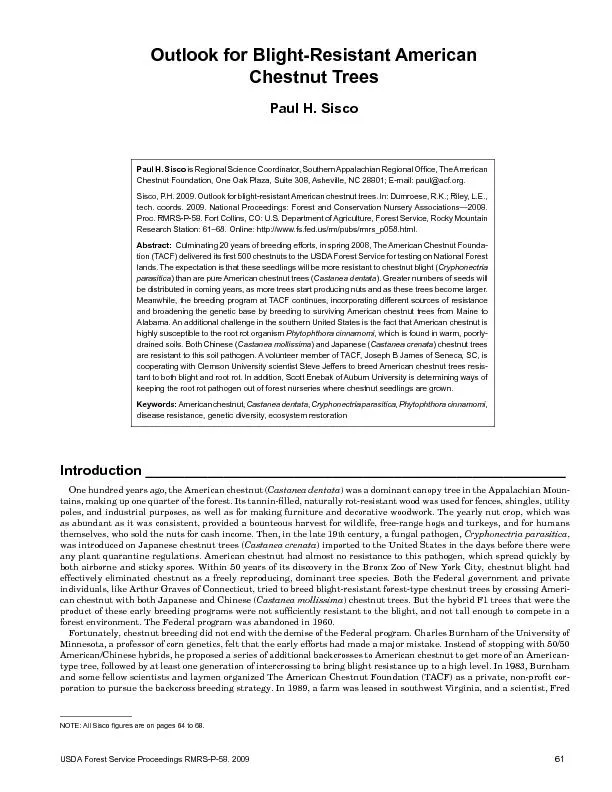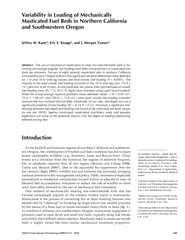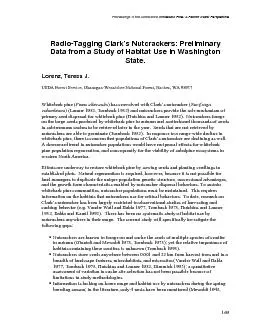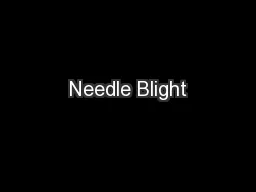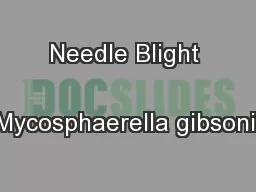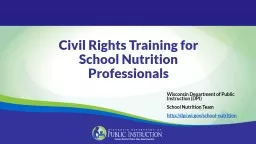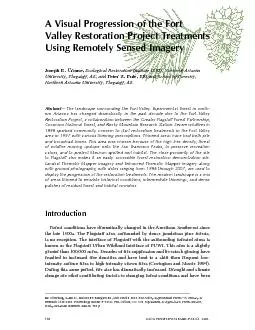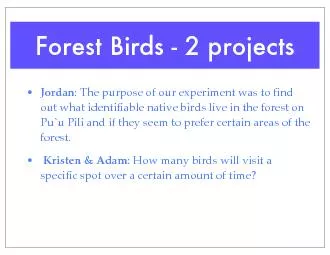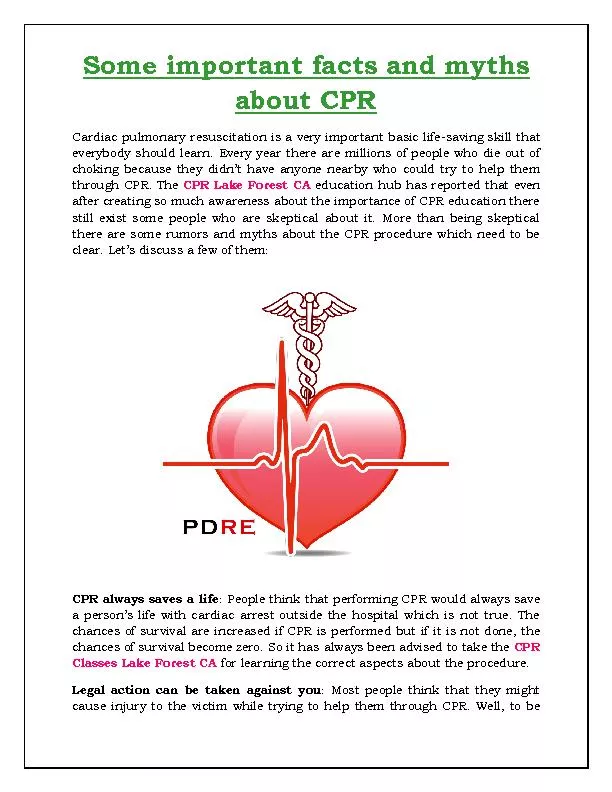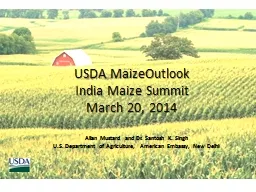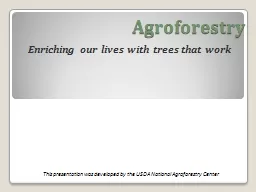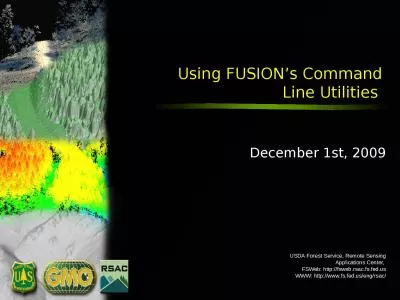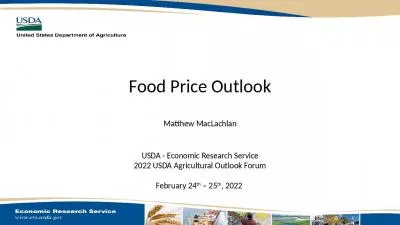PDF-USDA Forest Service Proceedings RMRS-P-58. 2009
Author : danika-pritchard | Published Date : 2016-04-24
61 Outlook for BlightResistant American Chestnut Trees Paul H Sisco Paul H Sisco is Regional Science Coordinator Southern Appalachian Regional Ofx00660069ce The
Presentation Embed Code
Download Presentation
Download Presentation The PPT/PDF document "USDA Forest Service Proceedings RMRS-P-5..." is the property of its rightful owner. Permission is granted to download and print the materials on this website for personal, non-commercial use only, and to display it on your personal computer provided you do not modify the materials and that you retain all copyright notices contained in the materials. By downloading content from our website, you accept the terms of this agreement.
USDA Forest Service Proceedings RMRS-P-58. 2009: Transcript
Download Rules Of Document
"USDA Forest Service Proceedings RMRS-P-58. 2009"The content belongs to its owner. You may download and print it for personal use, without modification, and keep all copyright notices. By downloading, you agree to these terms.
Related Documents

